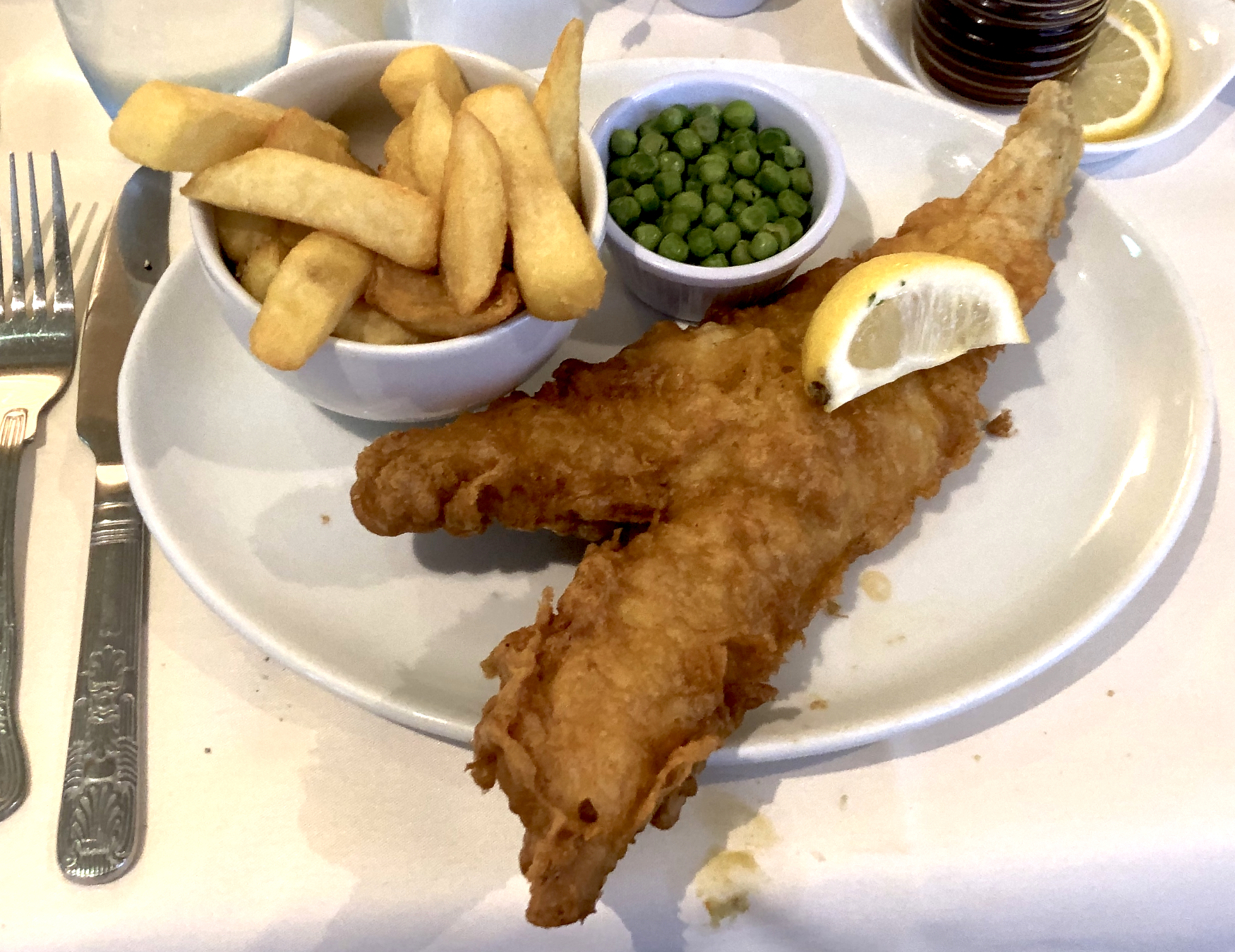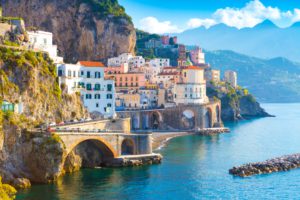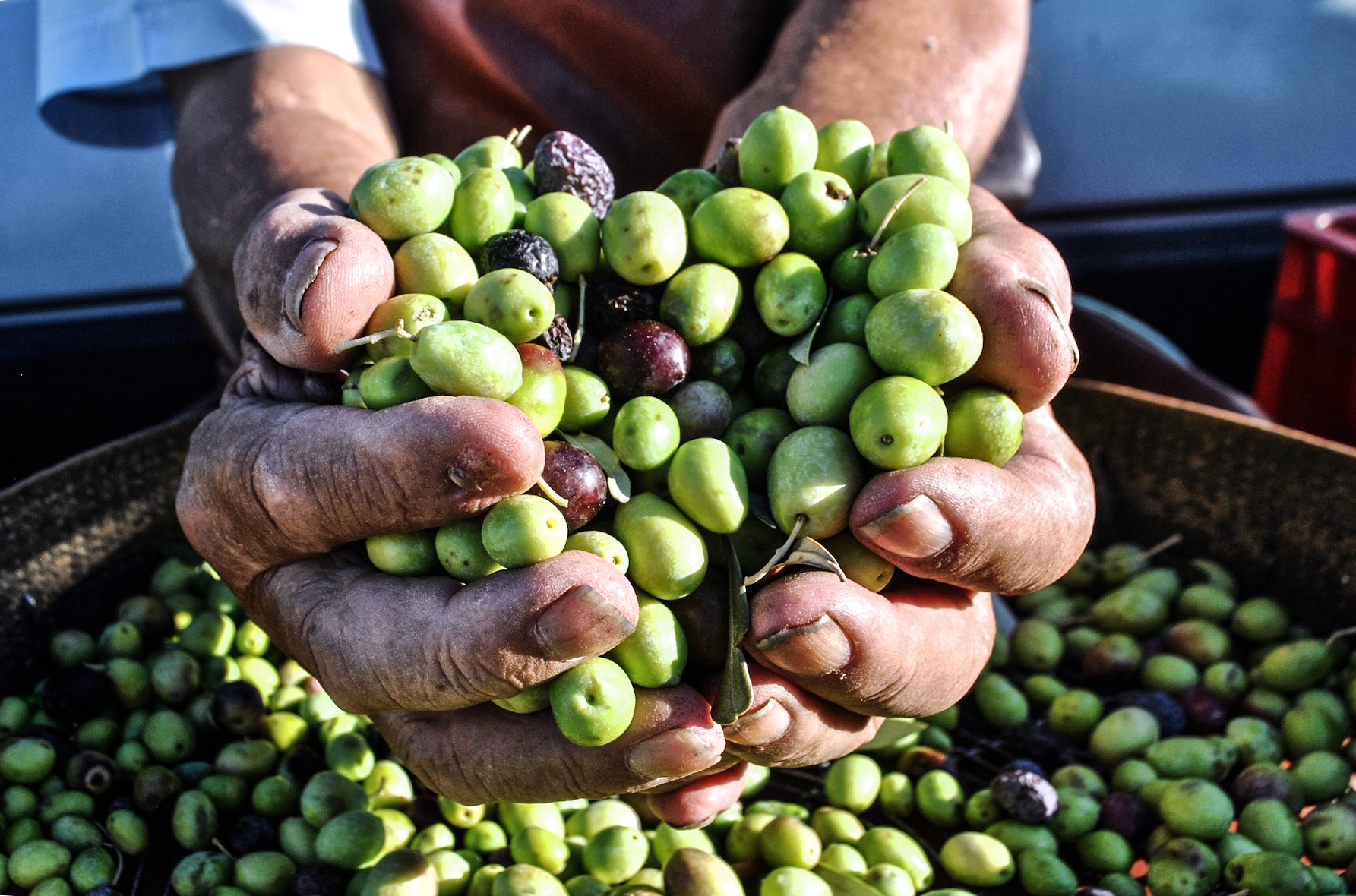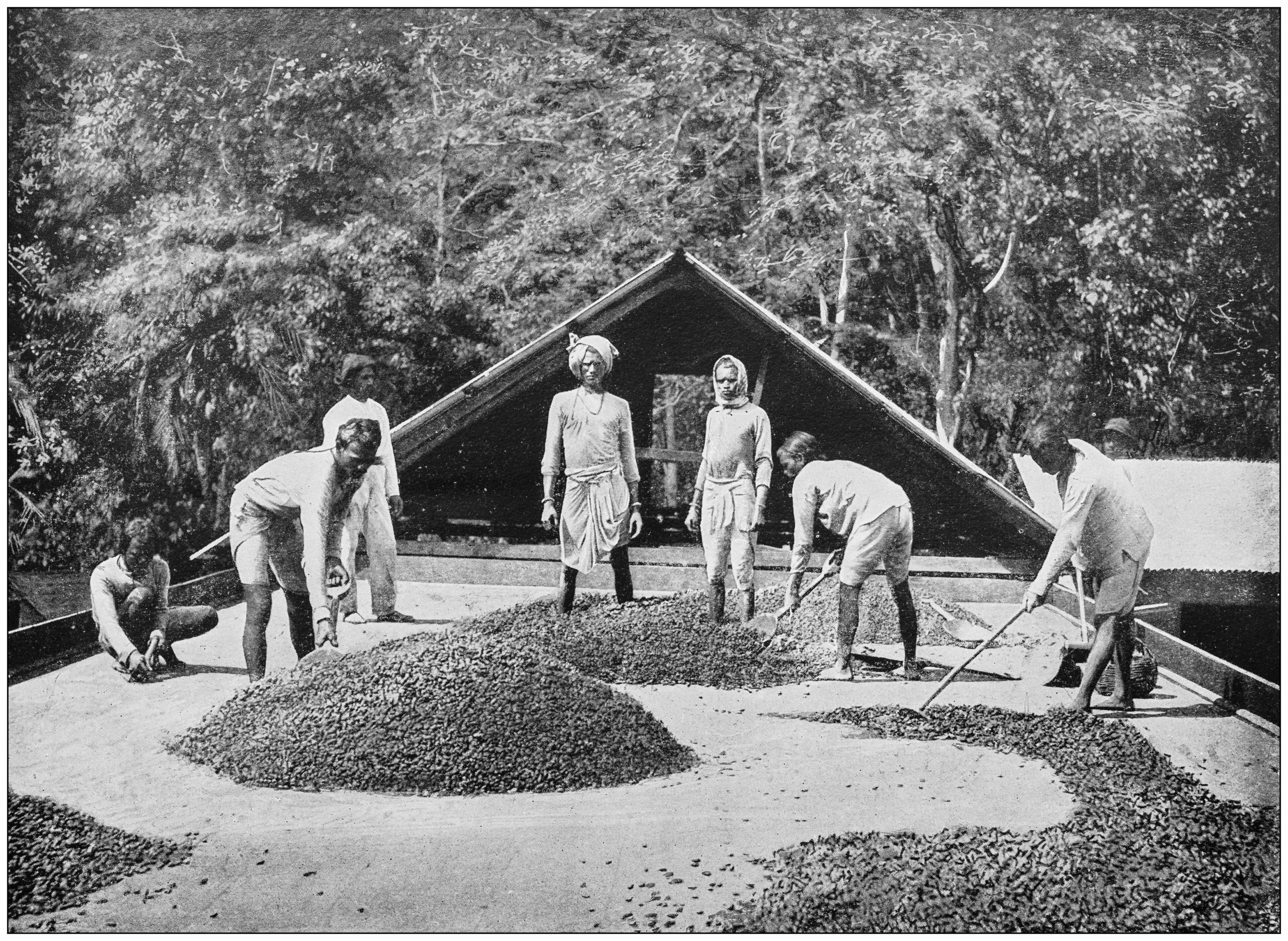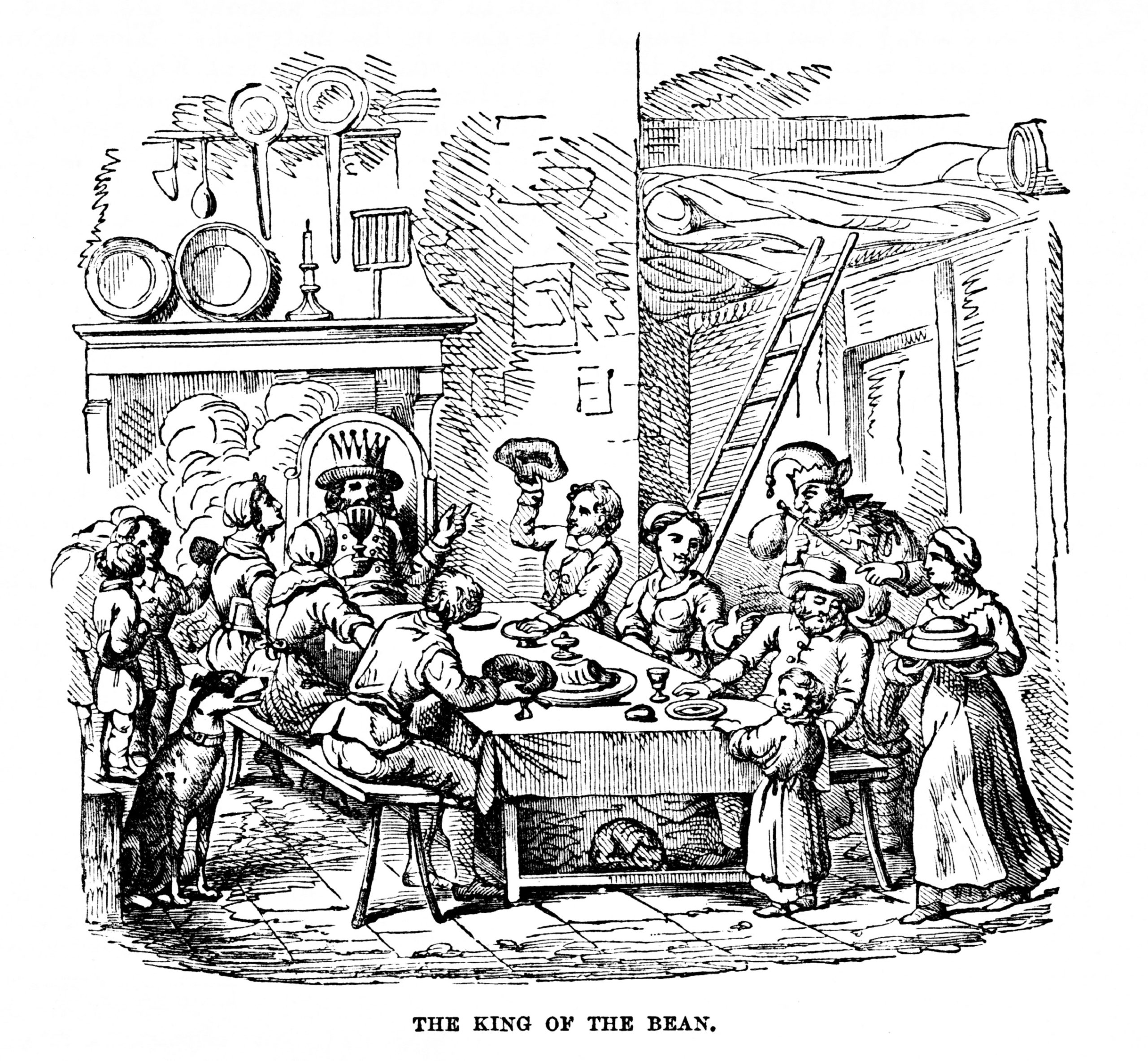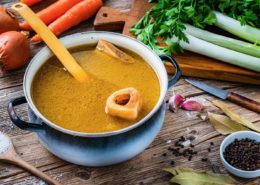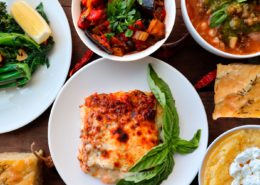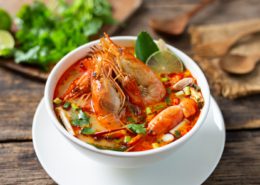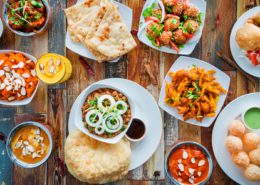European Food
European cuisines, the inspiring tastes of history
Countries / States: Italy / England / France / Germany / Belgium / Spain / Hungary / Scandinavia
A continent with some of the best-known and renowned cuisine in the world, Europe has had thousands of years to experiment, adapt, and perfect its cooking.
With various landscapes, ranging from the cold regions of Norway and Finland to the warm Mediterranean area containing Greece and Italy, Europe’s cuisine differs significantly while staying true to its roots and native-grown foods.
As Europe faced and changed throughout formative periods such as the Romans, Ottomans, Moors, Middle Ages, Renaissance, and the bourgeoisie in the 17th and 18th centuries, these cuisines have adapted, and transformed into what we know today.
“I am more of an herb guy than a spice guy. It comes back to a certain conservatism I have regarding food. The French are not big on spices; they use more herbs. I know the spices used in European cooking and use them in moderation. I am not going to serve a dish that is wildly nutmegged!”
— David Waltuck, Chanterelle NYC
List of European Cuisines
- Italian Food
- British Food
- French Food
- Iberian Peninsula Food
- Germany Food
- Mediterranean Food
- Greek Food
- Netherlands Food
- Scandinavian Food
- Eastern European Food
Top European Dishes
Walking through any city in the United States, you’re bound to encounter an Italian restaurant or maybe a tapas bar. These famous cuisines have traveled far and wide for people to experience the delightfulness of European cooking. Some of the most popular dishes from Europe include:
- Paella
- Fish and Chips
- Pizza
- Belgian Waffles
- Pierogi
- Escargot
- Lasagna
- Gyro
- Bratwurst
- Risotto
- Goulash
- Fondue
- Potato Babka
- Beef Stroganoff
- Gelato
- Cevapi
- Cannoli
- Churros
About European Food
Within the countries in Western Europe there are regions of vast farmlands and mountains, but also coastal towns along the Atlantic Ocean and the Mediterranean Sea. You can count on seeing plenty of seafood and shellfish incorporated into Western Europe’s cuisine, as well as fruits and vegetables and meats like rabbit, chicken, beef, boar, duck, and pork.
Agriculture plays a large role in European cooking, providing crops such as tomatoes, potatoes, corn, wild rice, cereal grains, broccoli, and pumpkin. Baking and pastries also have a significant influence on European food and cuisine, particularly with pasta, bread, croissants, and other sweet treats.
Moving towards Eastern Europe, you’ll see the cuisine transform into what you may consider comfort food. These mostly landlocked countries experience a colder winter, which explains why most dishes consist of roasted meats (such as beef and pork), potatoes, and soups with cabbage and beets. Stuffed cabbage and pierogi are also popular in this area of the world. Eggs, bread, pastries, poultry, beef, pork, pickled vegetables and fish, potatoes, cabbage, beets, and fruits such as berries, figs, pomegranates, cherries, dates, and plums are staple ingredients in the Eastern European diet.
History of European Food
Our history starts with the Ancient Roman Empire, who used the crops they cultivated through farming to create extravagant meals, especially for the rich and powerful.
The Romans mostly boiled and stewed their meats, as they considered the smoke from roasting or grilling to be reserved for their gods. They enjoyed producing wine, harvesting olive oil and honey, cultivating crops, and raising farm animals for food. During this time, Rome conquered many areas including the lands of Northern Africa, which introduced different spices to the cuisine.
As the empire fell, the Germanic tribes influenced Europe’s diet by focusing more on meat and less on fruits and vegetables. Though in rule for just a few hundred years, the Moors came to Portugal and Spain, introducing new ingredients such as saffron, eggplant, rice, sugar, ginger, grapefruit, and coriander.
Today, we see this influence in the famous Spanish dish paella, which includes rice and saffron.
The Middle Ages and Renaissance Evolution of Food / Cuisines
Moving forward to the centuries of the Middle Ages and Renaissance years, the cuisine still had a large focus on meat. Olive oil, favored by the Romans, was replaced with bacon and lard.
As the Catholic church gained more power during this period, there were about 150 days out of the year when meat was not consumed, and fish was cooked in its place. During this time, we also see feasts containing four or five courses of food.
As European countries, particularly England, France, Spain, and Portugal, colonized countries and islands off of Africa, lands of Asia, and the Americas, explorers brought back spices and ingredients including coffee and chocolate. These ingredients quickly became important parts of European cuisine, as we still see today with Italian espresso and Swiss chocolate.
The power of the royal families, specifically in England and France, influenced European cuisine as well. (The image of a large king cloaked with furs wearing a crown and biting into a chicken leg may come to mind). In the 17th and 18th centuries, the art of gastronomy was born, and chefs became more passionate about experimenting with their food. We still see this art in French cooking, one of the world’s most renowned cuisines.
European Cuisines Available for Local Delivery in the Following Cities:
- Seattle
- Los Angeles
- San Francisco (Bay Area)
- Chicago
- New York City
- New Jersey


